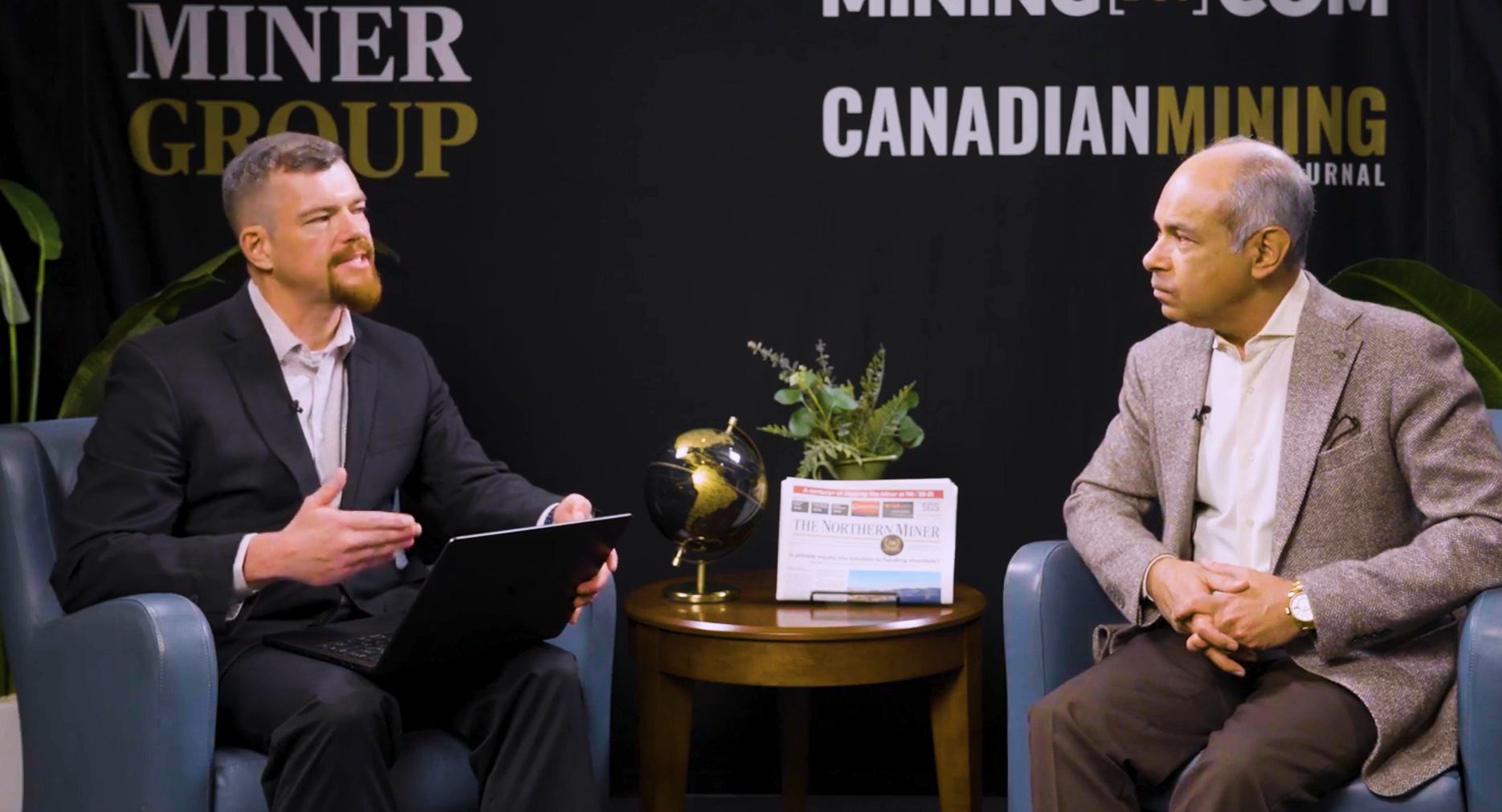Boliden’s Q2 earnings disappoint despite near fivefold rise

Swedish miner Boliden said on Friday its core earnings rose by nearly fivefold in the second quarter, helped by a one-off insurance claim, but missed market forecasts on weak zinc and copper production.
Its shares fell around 9% by 1135 GMT, among the worst performers on Europe’s benchmark STOXX 600 index.
Boliden’s operating profit, excluding the revaluation of its process inventory, rose to 4 billion Swedish crowns ($375 million) in the quarter, from 0.83 billion a year earlier, driven by the previously announced insurance claim of 2.4 billion crowns related to a fire at its smelter last year.
That was still 10% below a company consensus, RBC said in a note to clients, adding that weaker-than-expected zinc and copper production drove a 45% earnings miss in the mining division.
“The weak operating performance from the mining segment will likely drive downgrades to consensus forecasts,” RBC wrote.
Martin Persson, a fund manager at insurer Lansforsakringar that has a stake in Boliden, told Reuters he was disappointed with the results, and particularly the performance of the Aitik copper mine in northern Sweden.
Aitik’s milled volume fell in the period, and Boliden said production from the mine’s Liikavaara satellite pit had started with ramp-up issues.
Persson said he still thought Boliden was an interesting investment in the longer term, despite short-term challenges.
“If you look at electrification and future needs for copper, I think it is interesting, and Boliden sit on good assets,” he said.
The miner said higher prices for copper, zinc, gold and silver boosted its earnings, while lower treatment charges and metal premiums weighed on the result.
Metal prices rallied in the second quarter but have pulled back somewhat since then, affected by high inventories and soft demand in China. But smelter treatment charges – the fee a smelter earns for converting mined concentrates into metal – have collapsed for copper and zinc.
“While I believe that the long-term demand looks very good, in a short-term perspective the market is now characterized by a global concentrate production, that does not quite meet the available smelter capacity,” CEO Mikael Staffas said in a statement.
($1 = 10.6582 Swedish crowns)
(By Greta Rosen Fondahn; Editing by Milla Nissi)
More News
Trump planning to stockpile deep-sea minerals to counter China: FT
April 13, 2025 | 07:56 am
Goldman Sachs upgrades gold forecast again to $3,700
April 12, 2025 | 08:05 pm
{{ commodity.name }}
{{ post.title }}
{{ post.date }}




Comments